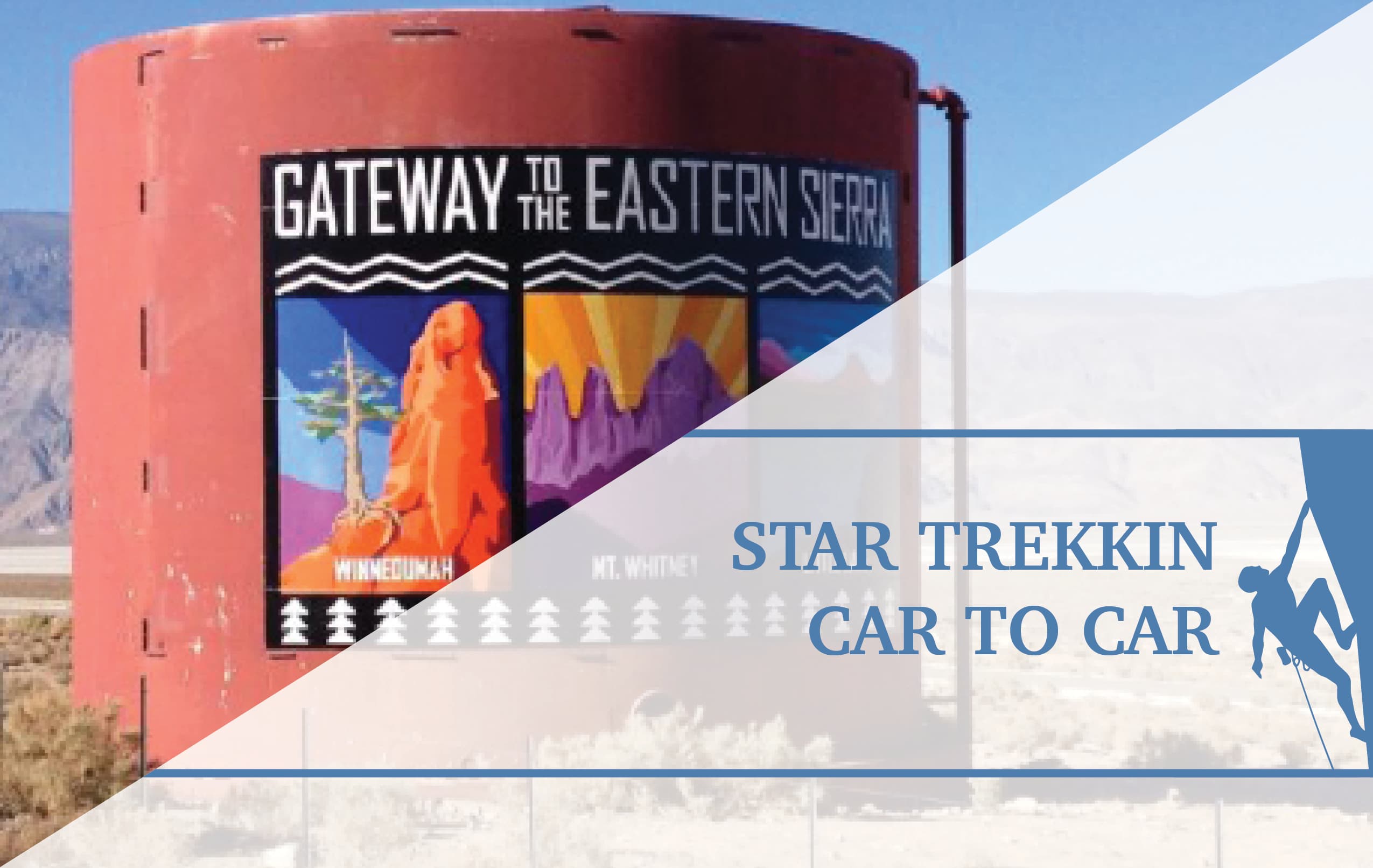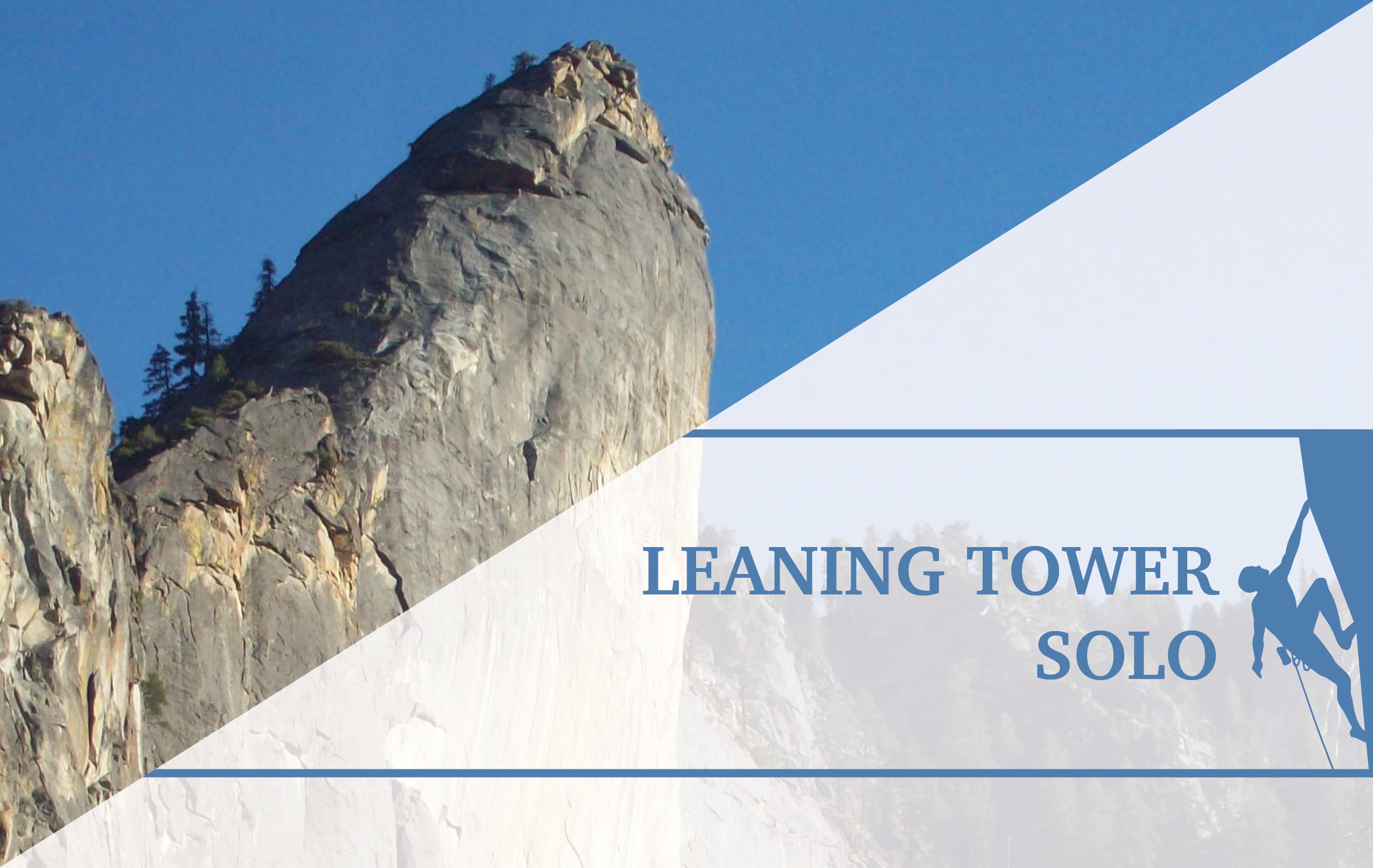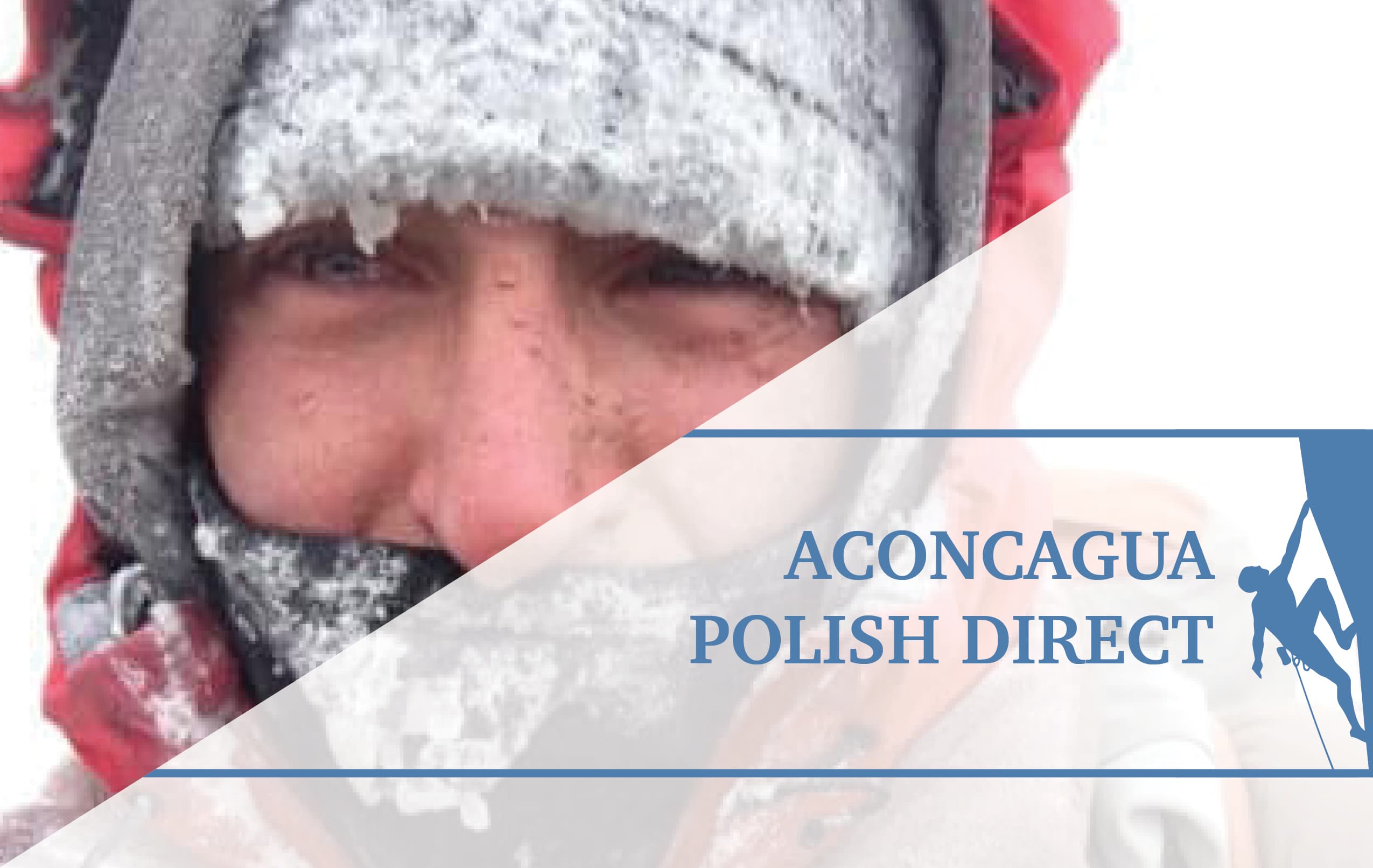Alpamayo 19,511ft
Alpamayo French Direct
August 11th to August 15th 2012
Background:
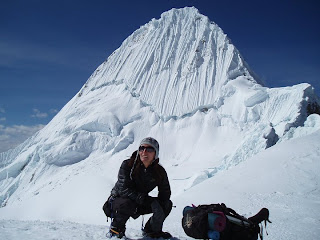
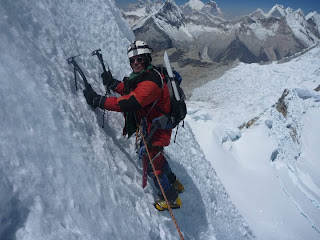
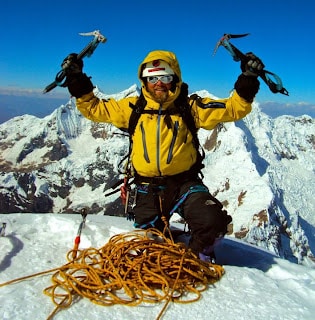
The Route:
We wanted to climb the French Direct Route (D+) on Alpamayo at 19,511 feet. It was in great shape this season and we were both strong and acclimitized, so we felt like we had a good shot at the summit.

Photo Courtesy of Summitpost
The Plan:
Roger and I decided that weather would be the determing factor of whether or not we would summit. It was later in the season and the crowds had diminshed, but the weather was becoming a little more unstable. We decicded if we packed into high camp with four days of food, we would wait out any weather and have the greatest chance of summiting. So we packed eight days of food and set off.
The Approach:
Alpamayo is not the easiest mountain to get to. We took “public transportation” from Huaraz to Caraz and a private taxi to the Santa Cruz Trailhead in Cashapampa. Total driving time was three hours – half of which is on your standard Peruvian Alpine Road (nauseating dirt trails winding up into the mountians). We hired two donkeys to take our gear and food to Llama Coral for the first day (7 miles) and to base camp (7 miles) the next day. The first two days of hiking were easy trails and followed the popular Santa Cruz Trek. On day two we said goodbye to the mules and loaded up our packs with five days of food and hiked the heavy load up to the moraine camp.
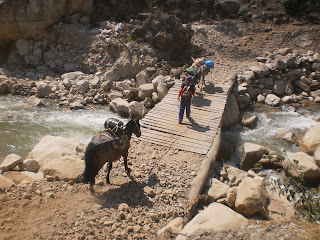
Donkeys crossing the bridge
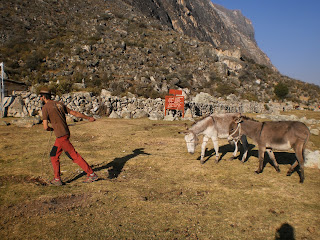
Roger herding our two donkeys

Packing up our food
Moraine Camp:
We hiked from base camp with our heavy loads up winding trail and talus to a beautiful moraine camp location. We set up our tent, had some dinner and got some good sleep, knowing that the next day would be a long one.


Moraine Camp to High Camp:
We got an early start the next morning and hiked to the base of the glacier. We roped up and winded through broken crevases to col that allowed us to access the southwest face of the mountain. Our bags were REALY heavy because of the additional food that we decided to take.

Photo Courtesy of Summitpost
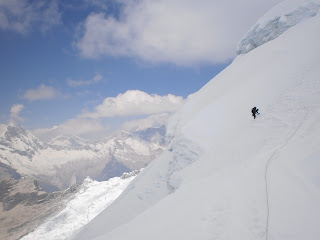
Approaching the Col

The final steep section over the Col
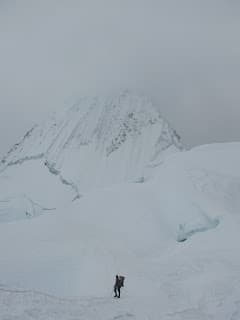
Arriving at High Camp
High Camp:
We arrived at high camp and set up shop. We started brewing some hot water for tea and scoped the route. I started looking for our second gas cannister and asked Roger where it was. We had made a mistake and had not brought it. We only had 3/4 of a gas cannister. At this altitude it would last us a maximum of two days. Two days of fuel with four days of food meant that we only had two days that we could wait out weather. Luckilly Roger found another half empty fuel can that someone left on the mountain – so we were able to relax a bit more. However, I was not concerned – I had a feeling we would summit the next day and would not need any of the additional fuel.

17,717 feet high camp

High Camp

View from the tent
Leaving the Tent:
We woke up at 1:30am and got geared up for the climb. I was optimistic as I heard no wind the entire night. There was some light snow fall on our tent, but the air was calm. At 2:30am, We hiked up moderate snow to the base of the bergschrund. A guide and his client (Peter) were on our tails. The guide had lied to us when he told us that he was leaving at 3am – we were not happy. This is a route that you want to be first on. If you are not first, there is a high likelyhood of being hit by ice missles from climbers above – especially if the client is an inexperienced climber.
The Bergschrund
We got to the bergchrund and played “Rock, Paper, Scissors” to see who would lead. Roger won and took the sharp end. When he got to the crux section, he placed a picket in soft snow and fooled around for about five minutes. He finally commited, pulled the difficult move onto the face and belayed me up. I later found out that the guide was scared to lead the section and waited for Roger to lead it then had Roger belay him past the section.
The Climb:
The climb was amazing. The ice was perfect and the setting was incredible. The coulds were below us as the sun rose and Roger and I were cruising. It wasnt until the last two pitches that the guide passed us using intermediate belays. It was at this point that Peter (who didnt know how to belay, how to hold an ice axe, or how to ice climb) was above us sending ice missles with every botched foot placement and heavy swing of the ice tool. This was not cool when you are leading and are 30 feet above a screw. Regardless of the ice debri, both Roger and I were able to lead our respective pitches comfortably.






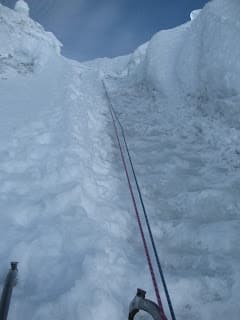

Summit:
I felt like a machine on the last pitch. Six weeks in Huaraz in the mountains had allowed me to become very fit and acclimatized. We tagged the summit and were celebrating but Roger was not feeling well. The altitude had gotten to him (possibly also because he was on antibiotics for stomach problems) and he had a headache and low energy. We spent 10 minutes on the top of the climb – had a fruit cup – and decided to rapell down.

Belaying Roger up the last section
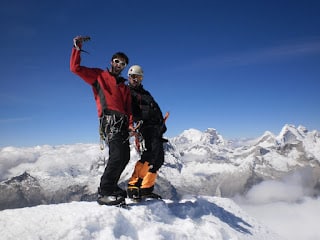
Summit Baby
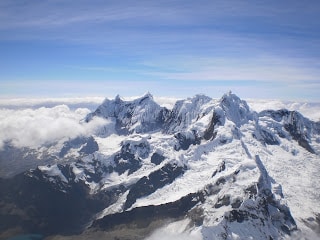
Summit View
Descent:
We joined ropes with Peter and his guide and rapelled to the base. Below are some photos of other parties rapelling the route.



Back at Camp:
Roger was not feeling well at all. We decided to take two hours to eat and rest. He had symptoms of acute mountain sickness – high resting heat rate, increased respatory rate, headache and fatigue. We decided to descend quickly. We joined ropes with one Catalan and one Andorran (Xavi and Oriol) as we negotiated the crevasses and hiked down to Base Camp arriving at 8pm. I had barely eaten the entire day (a Tiger Milk bar, two goos, a fruit cup and a liter and a half of water) and my pack was easily 65+ pounds especially because it was filled with wet gear. I ate some gummy worms for dinner (healthy) had a sip of water, pulled out the sleeping bag and crashed.
The Next Morning:
We awoke the next morning with partially wet sleeping bags (it had lightly rained that night) and frost covering everything. We looked like two homeless men living out of our backpacks. We were neighbored by two expeditions with glamorous circus tents, cooks, porters and guides. Peter and his guide felt sorry for us, so they invited into their tent for breakfast. In their tent we ate the best we had eaten on the enitre trip. They made sausage, eggs, bread, butter and jam. This was heaven. We thanked them (The breakfast partially made up for the ice missles sent down during the climb) and worked on our next task – figuring out how to get a donkey to carry our gear back 14 miles to trailhead.

Best Breakfast Ever
Donkeys:
Roger and I had miscalculated funds and didnt have enough money to hire a donkey and pay for transportation to make it back to Huaraz. We got in touch with Xavi and Oriol who we joined ropes with on the descent and they were amazingly helpful. Not only did they let us add our gear to their donkeys, but they also hiked out with us (14 miles) and let us ride for free in their private van. Roger and I made it back to Huaraz by 8pm and we were both painfully hungry (all I ate that day was the nice breakfast, an orange and gummy worms). Roger and I had exactly 20 Soles (7 dollars) between the two of us – so we went to Chifa (Peruvian Chinease Food) and ate our fill of fried rice and chicken.
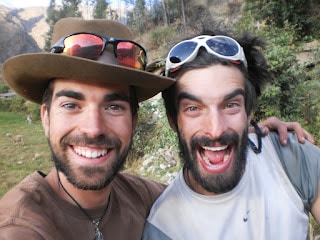
Scruffy But Happy — Dinner Time

Two Days Later – Clean Cut!
Discusion:
What a beautiful climb and perfect timing with weather. This trip concluded my technical expeditions in Peru and capped a trip filled with powerful experiences.
An interesting viewpoint comes up about guided expeditions.
First my bias: I am all for people using guides in the mountains. I think it is a safe and smart practice and it enables you to climb routes with the comfort of a professional. However, I think there are a few rules you must follow when hiring a guide and choosing a climb.
- The guide you hire must be certified by a professional organization to ensure they have passed all of the tests related to safety. This by no means assures that they are qualified, but it is at least a starting point. I don´t believe that the guide on the route was fully certified.
- You must know the mandatory essentials of climbing (belay, rapell etc..) and basic saftey skills of climbing (escaping a belay, crevasse rescure etc…) if you choose to climb a technical route with a guide. Peter knew none of these.
- You must have at least a weekend of practice in the medium of choice before you head into a remote mountain region. I.E. know how to swing an ice axe or hand jam a crack
- You must choose a climb that is within your ability level. You cant just look at a picture of Alpamayo and say “I want to climb that” and find someone to take you up it. You should progress gradually to a climb of that level through time and patience until you have the skillset to climb it in good style.
- On the mountain we encountered two polar opposite demonstrations of the use of a guide and expedition services. One was the guided service of the client who knew nothing and one was Xavi and Oriol who hired a guide “just in case” but chose only to use him for logistical support.
- Disclaimer – The content here is designed for information & education purposes only and the content is not intended for medical advice.


